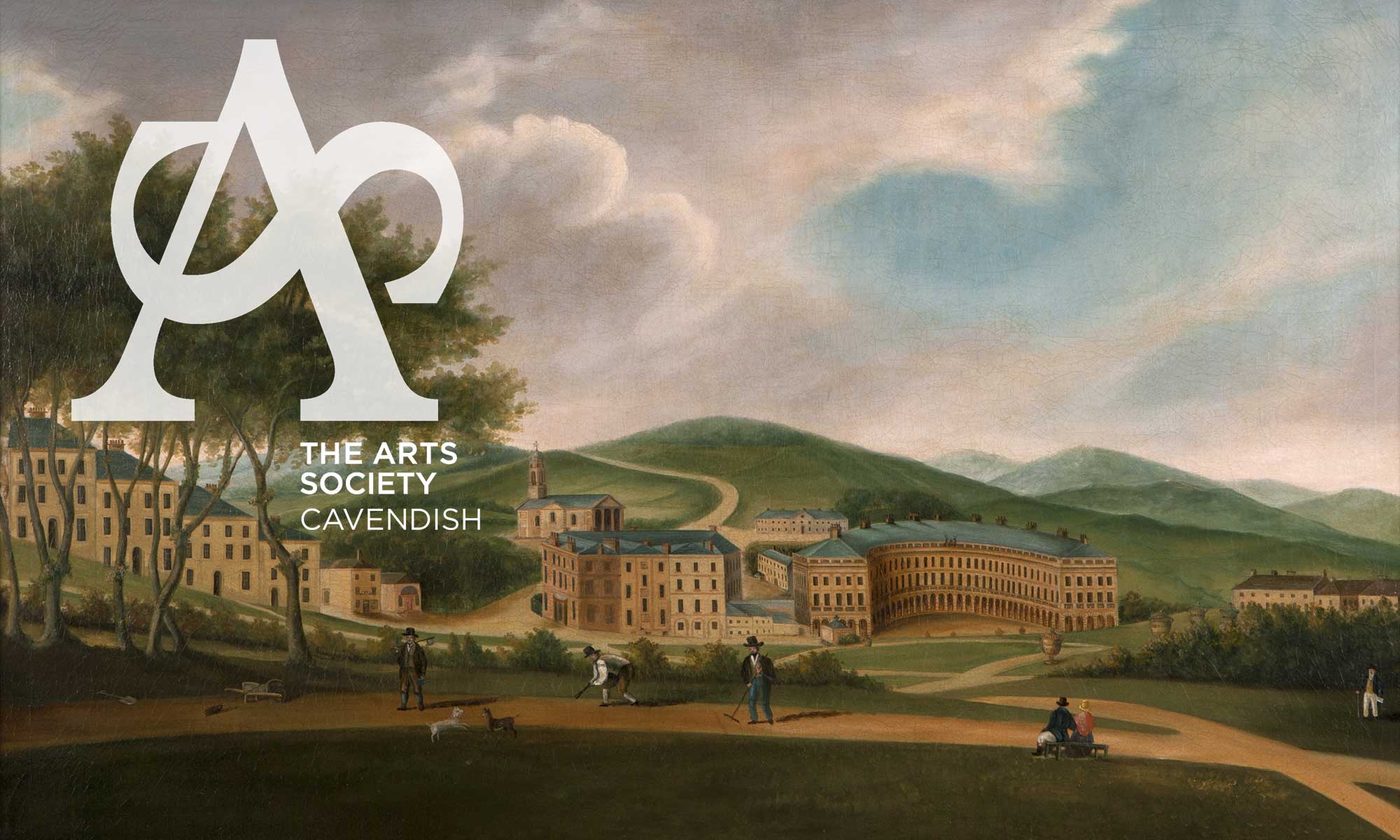
Church Recording now under auspices of Church Recording Society.

On Sunday 30th September 2017, Peter Stubbs on behalf of A/S Cavendish presented the final record of the Church Recording Group to the clergy, wardens and congregation of St John the Baptist’s Church, Buxton – the large Georgian church across the road from the Pavilion Arts Centre. It was an occasion of mixed emotions for those present from the Church Recording Group – relief that another huge record had been successfully completed, combined with nostalgia as it marked the end of 30 years of Church Recording at Cavendish.
Church Recording – the production of detailed illustrated inventories of the contents of parish churches – began nationally in 1973 and in the 1980s a group formed at Cavendish under the leadership of John Law and John Bartlett. Those early members included the late Gloria Oxley, Mary Bartlett, Stephanie Law and Anne Vessey – names unfamiliar to many of you but to we old-stagers friends of long standing. And over the years we have recorded 18 churches – Bakewell, Baslow, Beeley, Burbage, Buxton, Castleton, Chelmorton, Darley Dale, Edensor, Eyam, Great Longstone, Hartington, Hathersage, Hope, Monyash, Taddington, Tideswell, and Youlgreave – our contribution to the 2,500 or so churches recorded nationally.
It was all very different in those early days. Records were hand-written, then typed and Xeroxed, photographs printed at Boots were stuck in with those awkward little photo corners, plans hand-drawn or purloined from the church’s guidebook. Over the years technological advances have seen electric typewriters, then computers, now laptops; photography, after along intra-NADFAS debate, eventually graduated from 35mm film, and the sadly-lamented James Kellie took us into the digital age. And now instead of six bound copies, only one hard copy is produced for the church, the other recipients (diocesan/county records office, English Heritage Archive, V&A Art Library, Church Care Library and the Arts Society) get theirs on memory stick or archival gold CD to save storage space.
It’s still an awful lot of hard work for the compilers but the end result, particularly in the past few years when Anne and Brian Harris have been doing the final edit and compilation, is a vastly improved professionally produced book that always gets its share of accolades from A/Shead office in London as well as members of the church being recorded.
Each record is valuable as a snapshot of a church at one point in its history, but it also has an almost incalculable monetary value. Someone worked out that the Great Longstone record, even allowing us no more than the National Minimum Wage (which was rather penny-pinching of him), would have cost around £25,000 in 2006. On that basis our 18 church records can be valued at approaching half a million pounds!
Church recording at A/S Cavendish has had its downturns before. Angela Grayson was largely responsible for getting it going again in about 2001, when my first job as compiler was to buildup the initially small group of enthusiastic recorders who came along for the social as well as the academic side of recording. But we all got older and eventually decided we had to pack it in. So I hope that we are now entering a second period of breathing space and from it new enthusiasts will emerge to carry on this valuable (and enthralling) work.
Jen Coffey
